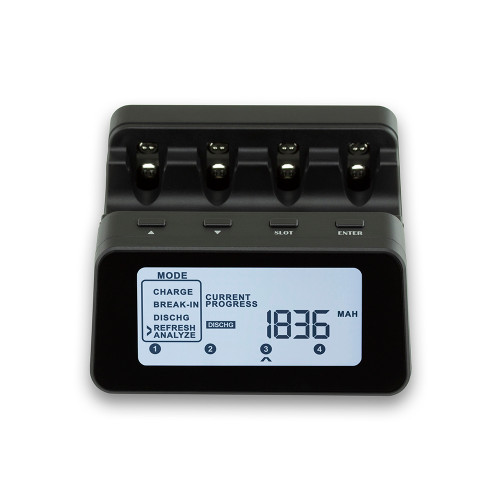FlyingDragonz
Newly Enlightened
- Joined
- Aug 8, 2021
- Messages
- 2
As the title, I'm trying to find a basic guide on looking after eneloops and similar chemistry base batteries.
I've looked around but nothing definitive I have found for my scenario, unless you can direct me.
I have varying gens of sanyo eneloops and some Ikea sets (I believe sanyo/panasonic pro versions?).
I'm a photographer and use them in my speed/flash lights, which is high drain.
I charge tens of packs in 4 lots, all labeled so each set charges the same amount of cycles.
My question is about charging and testing. Week to week, somestimes I don't use all the packs for an event, but will then charge them all up ready for next event.
Am I harming them when they were only charged a few weeks ago but not used and I top them up again? I do this only to get maximum use for high drain, but also may not get used then get charged up weeks later.
Is there any maintenance I should do, like a refresh schedule? (2nd gen eneloops onward)
Can someone also direct me to a way to accurately and quickly test the capacity, ideally a portable solution, if available.
Appreciate any guidence
I've looked around but nothing definitive I have found for my scenario, unless you can direct me.
I have varying gens of sanyo eneloops and some Ikea sets (I believe sanyo/panasonic pro versions?).
I'm a photographer and use them in my speed/flash lights, which is high drain.
I charge tens of packs in 4 lots, all labeled so each set charges the same amount of cycles.
My question is about charging and testing. Week to week, somestimes I don't use all the packs for an event, but will then charge them all up ready for next event.
Am I harming them when they were only charged a few weeks ago but not used and I top them up again? I do this only to get maximum use for high drain, but also may not get used then get charged up weeks later.
Is there any maintenance I should do, like a refresh schedule? (2nd gen eneloops onward)
Can someone also direct me to a way to accurately and quickly test the capacity, ideally a portable solution, if available.
Appreciate any guidence




